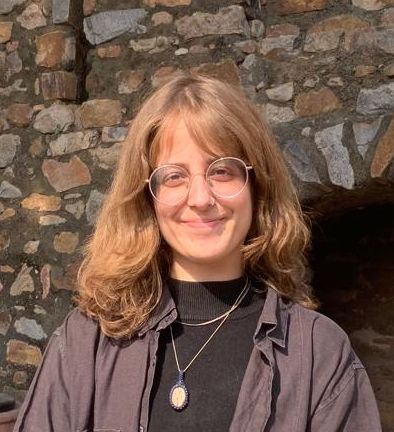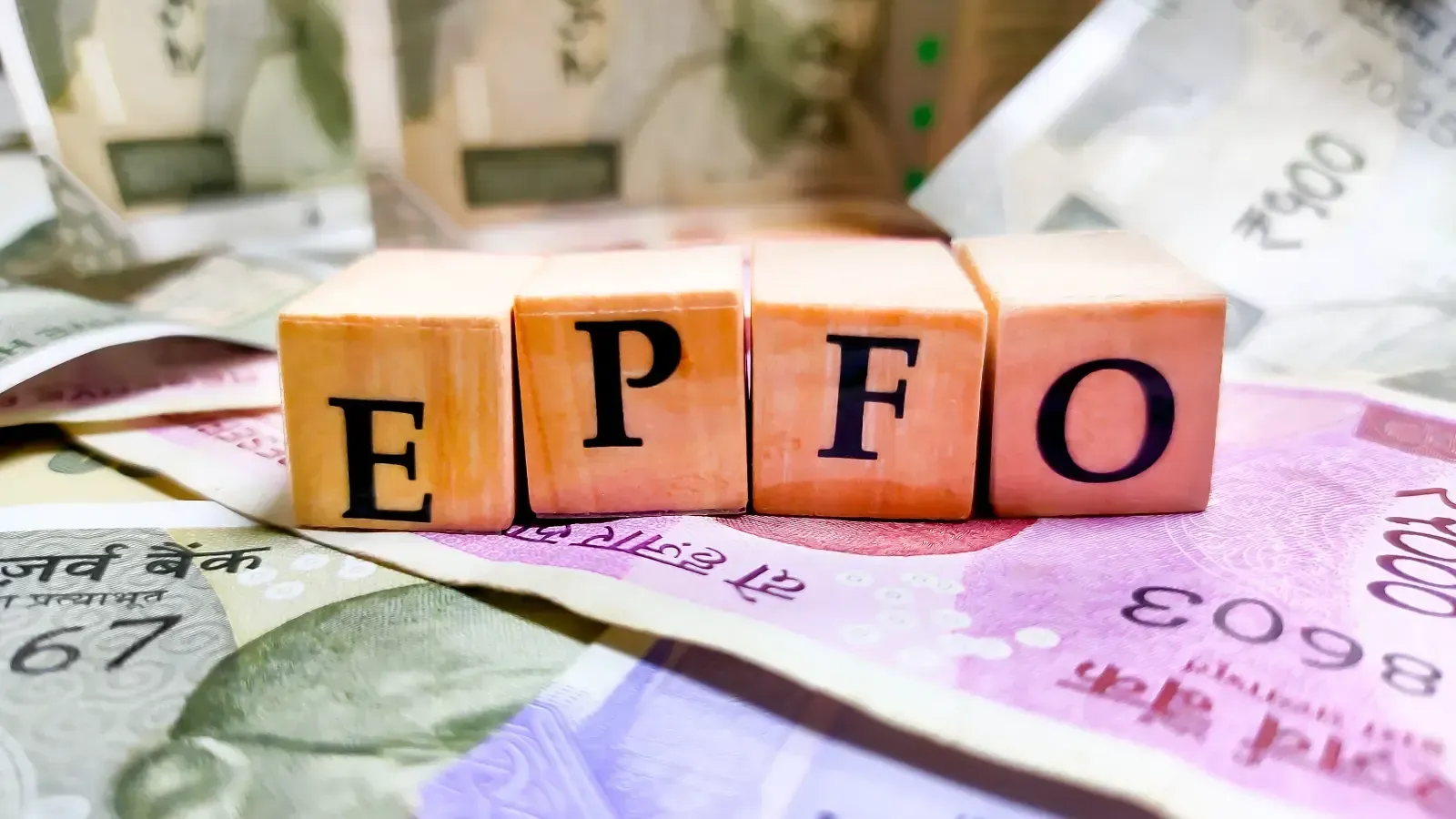Personal Finance News
EPF advance rules 2025: Know 11 reasons for which you can withdraw from PF account during service

5 min read | Updated on April 30, 2025, 15:34 IST
SUMMARY
According to the Employees’ Provident Fund scheme, 1952, members can withdraw a part of their funds for major life events like marriage, higher education, buying/constructing a house, or for other reasons including medical illnesses and unemployment.

Under the EPF, an employee contributes 12% of his basic salary and dearness allowance, while the employer also makes a matching contribution.
Employees' Provident Fund (EPF) is one of the most popular retirement savings schemes in India. Under this scheme, an employee contributes 12% of his basic salary and dearness allowance, while the employer also makes a matching contribution. The fund accumulates interest at an annual rate decided by the Employees' Provident Fund Organisation (EPFO).
The EPFO allows employees to withdraw a lump sum amount from their provident fund accounts on retirement. Partial withdrawal of funds for specific needs is also allowed during the service period.
The EPFO allows partial withdrawal, or EPF advance, for major life events like marriage, higher education, buying/constructing a house, or medical reasons, along with many other purposes. Let’s look at all the reasons for which an EPFO member can withdraw an advance from the fund.
EPF advance for marriage
To withdraw money for marriage purposes, individuals must be an existing EPF member of at least 7 years and have a minimum of ₹1,000 in their EPF account, as per Para 68K of the EPF Scheme, 1952. Members can withdraw up to 50% of their own contribution to the EPF, including interest. The EPF advance for marriage can be used by members for their marriage or even for their siblings or child’s marriage. Additionally, withdrawals for marriage can be made only three times in a member’s lifetime.
EPF advance for education
For educational purposes, EPFO members can withdraw money for post-matriculation (after 12th standard) studies of their children as per Para 68K of the EPF Scheme, 1952. This has similar regulations to marriage — members can withdraw only three times in their lifetime, and the maximum limit of the withdrawal is capped at 50% of their own contribution to the fund, including interests. Similar to marriage, the EPF advance for education can be withdrawn only by members who have completed at least 7 years in EPF.
EPF advance for house
To buy a house or build one, members can withdraw EPF money under certain conditions. For purchasing a house/land, or constructing a house, a member must complete at least five years of membership of the EPF, as per Para 68B of the EPF Scheme, 1952.
For repairs or improvement of the house, members can withdraw money after five years from the completion of the house. For additional repairs, one can withdraw after 10 years from the first withdrawal.
Furthermore, the house/land must be in the member’s name, or their spouse’s name, or jointly owned. The house/land should also be free from legal disputes and should be adequately registered. EPF members can only withdraw money for this purpose once.
For the purchase of land, members can withdraw a maximum of 24 months’ basic wages and DA or the total of employee and employer share with interest, or the total cost, whichever is lower. While for purchasing a house, or for construction, members can withdraw a maximum of 36 months’ basic wages and DA or the total of employee and employer share with interest, or the total cost, whichever is lower.
EPF advance medical purposes
The conditions for withdrawing EPF money for medical reasons are flexible. Members can withdraw at any time, even just after joining. EPF advance for medical needs can be withdrawn as many times as necessary, as per Para 68J of the EPF Scheme, 1952. The maximum withdrawal limit is capped at the lowest of either six months' basic salary plus dearness allowance or your total EPF balance.
EPF advance one year before retirement
If a member wishes to withdraw funds within one year before retirement, they must be at least 54 years of age or within one year of retirement/superannuation, whichever is later, as per Para 68NN of the EPF Scheme, 1952. Withdrawals of up to 90% of the total PF funds are allowed one year before retirement, and members can only do it once.
EPF advance for disability
For physically disabled members, a withdrawal of 6 months’ basic wages and DA, or employee’s share with interest, or the cost of equipment, whichever is least, is allowed, as per Para 68N of the EPF Scheme, 1952. The members can withdraw money for purchasing equipment to minimise hardship on account of disability every three years.
EPF advance for unemployment
In case of a closure of the company/establishment for more than 15 days, and when employees are rendered unemployed without compensation, members can withdraw the employee’s share with interest, as per Para 68H of the EPF Scheme, 1952. Similarly, if an employee hasn’t received wages for over two months consistently (except during a strike), they can make a withdrawal of their share of interest.
EPF advance for Varistha Pension Bima Yojana
Members can withdraw up to 90% of their EPF balance after turning 55 to invest the withdrawn amount in the Varishtha Pension Bima Yojana (VPBY), as per Para 68NNN of the EPF Scheme, 1952.
EPF advance for electricity cut
In case of an electricity cut, members can withdraw one month’s wages, or ₹300, or the employee’s share, whichever is less, as per PF advance form 31 rules. The members would be required to use EPF Form 31 for this purpose.
EPF advance for repayment of loans
To pay the outstanding principal and interest of a loan taken to buy/construct a house or for repairs, members can withdraw money if they have been an EPF member for at least 10 years, as per Para 68BB of the EPF Scheme, 1952. Members can withdraw 36 months’ basic wages and DA, or the total of employee and employer share with interest, or the total outstanding principal and interest, whichever is the least.
EPF advance on dismissal from job
If an employee is dismissed or retrenched, and challenges the same in a court of law, they can withdraw up to 50% of the employee's share with interest, as per Para 68HH of the EPF Scheme, 1952.
By signing up you agree to Upstox’s Terms & Conditions
About The Author
Next Story

